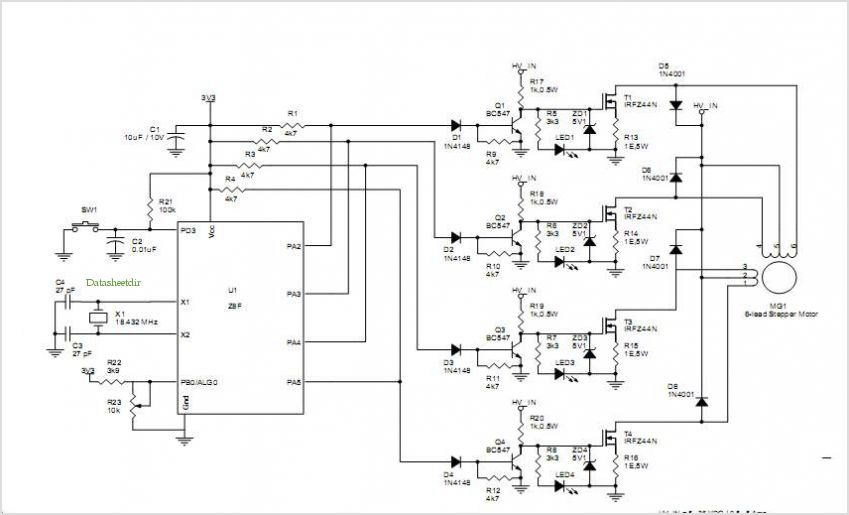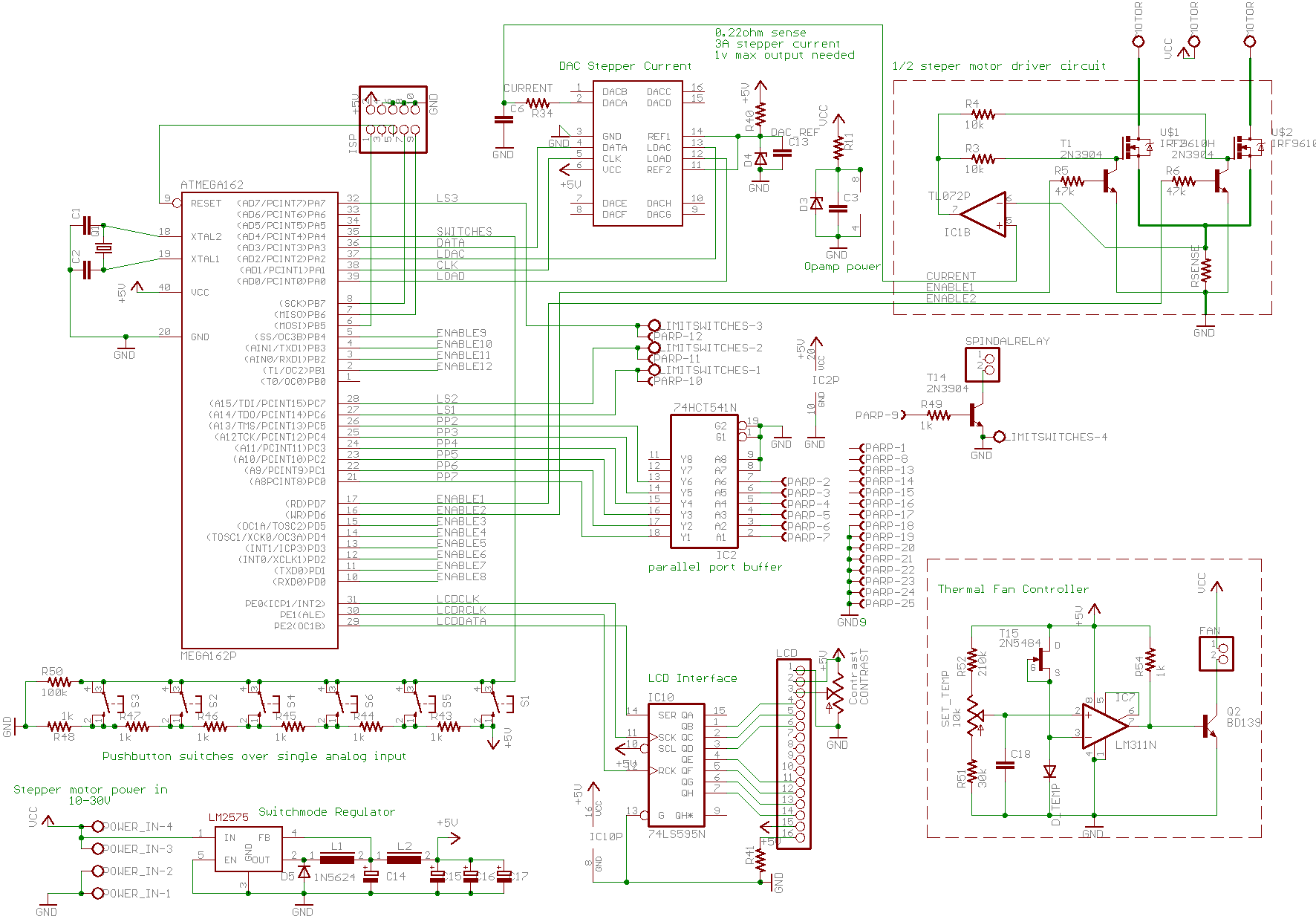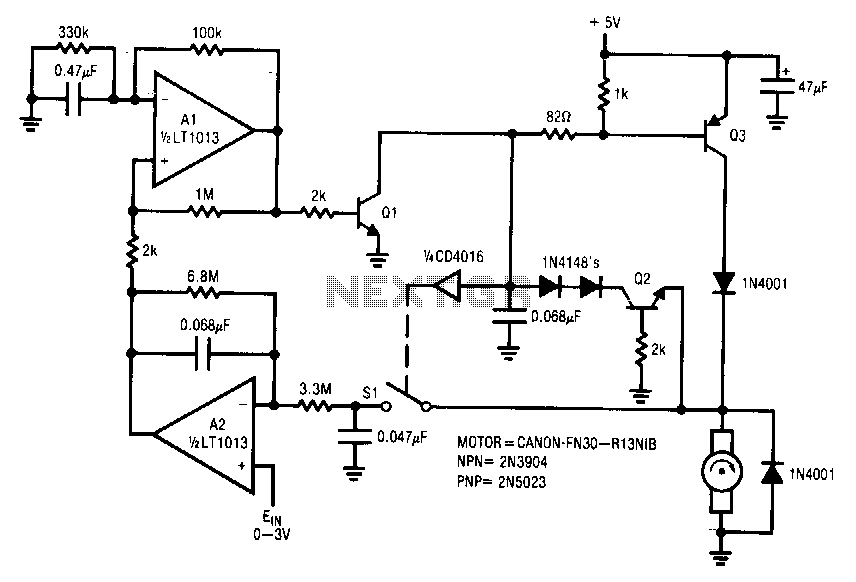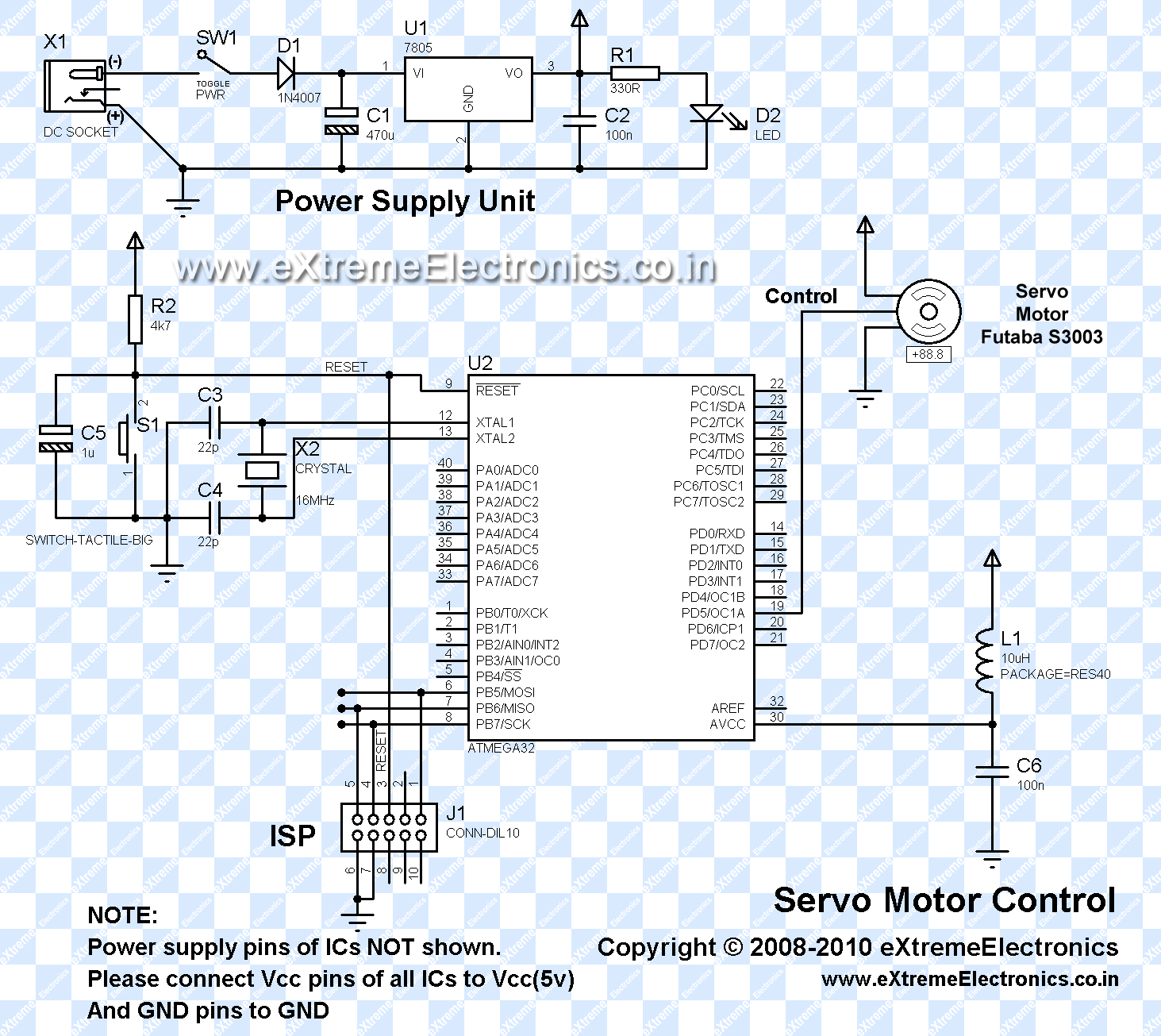
8051 8951 stepper motor interfacing
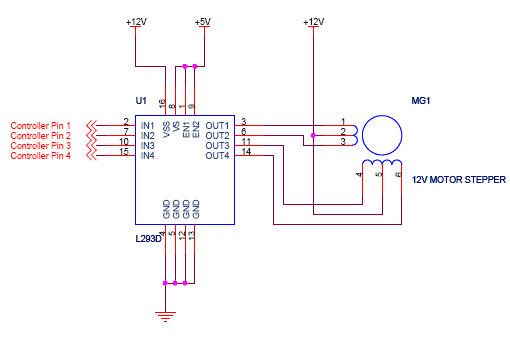
According to the datasheet, the respective color wire has been connected to the corresponding pin of the L293D as illustrated in the circuit diagram.
The L293D is a quadruple high-current half-H driver, typically used for controlling the direction and speed of DC motors and stepper motors. The device can control two motors simultaneously, allowing for bidirectional operation. Each motor's control is achieved through the use of input pins that determine the direction of the motor and enable pins that control the motor's operation.
In a typical application, the L293D is connected to a microcontroller or a logic circuit that provides the necessary control signals. The input pins (IN1, IN2, IN3, IN4) are connected to the microcontroller's output pins, where a high signal (logic 1) enables the corresponding motor, and a low signal (logic 0) disables it. The enable pins (ENA and ENB) are connected to a PWM signal for speed control, allowing for variable speed operation.
The power supply for the motors is usually connected to the VCC2 pin, while the logic supply is connected to the VCC1 pin. Ground connections are made to the GND pins to ensure proper operation. It is essential to observe the maximum voltage and current ratings specified in the datasheet to prevent damage to the L293D.
The circuit diagram should clearly indicate the connections between the L293D and the motors, as well as the connections to the controlling microcontroller. Proper labeling of the wires according to their respective colors helps in avoiding confusion during assembly and troubleshooting. Each wire should be connected securely to ensure reliable operation of the motors.According to the datasheet. I connected the respective color wire to the respective pin of l293D according to the following circuit diagram 🔗 External reference
The L293D is a quadruple high-current half-H driver, typically used for controlling the direction and speed of DC motors and stepper motors. The device can control two motors simultaneously, allowing for bidirectional operation. Each motor's control is achieved through the use of input pins that determine the direction of the motor and enable pins that control the motor's operation.
In a typical application, the L293D is connected to a microcontroller or a logic circuit that provides the necessary control signals. The input pins (IN1, IN2, IN3, IN4) are connected to the microcontroller's output pins, where a high signal (logic 1) enables the corresponding motor, and a low signal (logic 0) disables it. The enable pins (ENA and ENB) are connected to a PWM signal for speed control, allowing for variable speed operation.
The power supply for the motors is usually connected to the VCC2 pin, while the logic supply is connected to the VCC1 pin. Ground connections are made to the GND pins to ensure proper operation. It is essential to observe the maximum voltage and current ratings specified in the datasheet to prevent damage to the L293D.
The circuit diagram should clearly indicate the connections between the L293D and the motors, as well as the connections to the controlling microcontroller. Proper labeling of the wires according to their respective colors helps in avoiding confusion during assembly and troubleshooting. Each wire should be connected securely to ensure reliable operation of the motors.According to the datasheet. I connected the respective color wire to the respective pin of l293D according to the following circuit diagram 🔗 External reference
